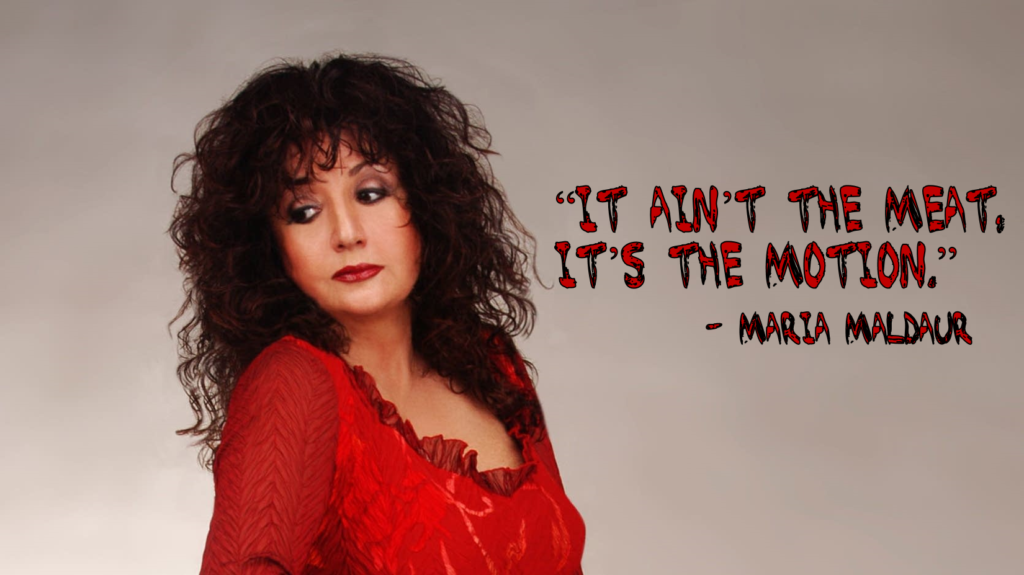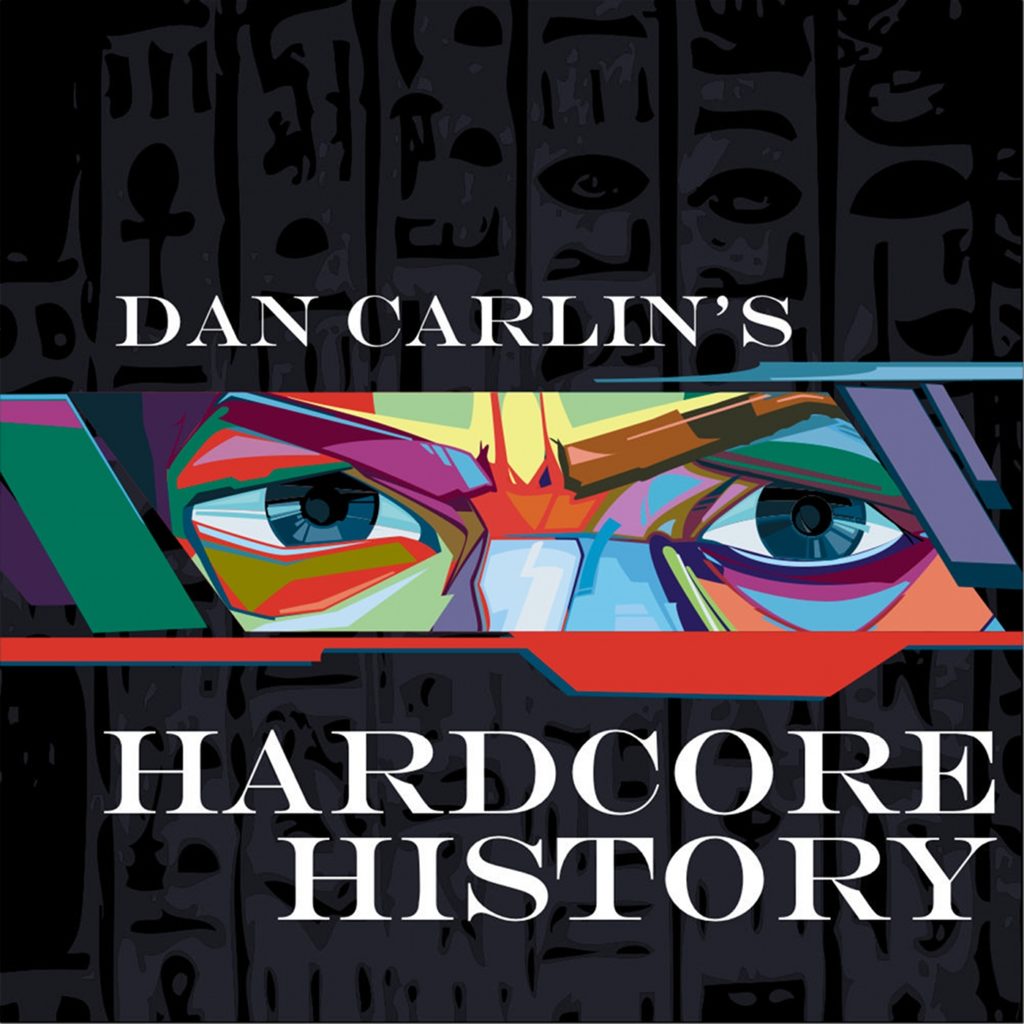
When I saw this headline in The Drum last week, I did a double-take:
“Junk food dominates YouTube’s most popular six-second ads”
Maybe you also raised your eyebrows or let out a “WHAT?! After all, what kind of effective message can you get across in a mere 6 seconds?
It turns out – a lot.
YouTube recently released their Top 10 most-popular short commercials based on research from Ipsos. And most fall into the junk food/fast food category (fast food – fast ads?).
Yup, the ones that are just 6 seconds along.
Some of the mini-ads in this story by Ellen Ormesher are downright clever and impactful – and they’re obviously very quick. In short (sorry), they deliver – in many cases, better than a 30 or a 60.
And that’s the point.
The fan favorite is for Mars’ Maltesers Buttons” candy. But don’t blink while you watch it or you’ll miss the whole ad.
As you saw in Malteser’s “Tiddlywinks” spot, commercials don’t have to be long to be hard-hitting, funny, evocative – or effective.
Radio’s not a whole lot different. Commercial radio’s addiction to produced 60-second commercials has opened the door to stopsets that seemingly go on forever. And when you play 10-12 spots in a row, that’s the effect.
Contrast that to public radio’s “underwriting credits” – simple, spoken word messages that tend to fall in the 10-15 second range. And as NPR’s “Halo Effect” studies have shown, more often than not, they’re effective, bringing credibility to the advertisers that support the medium.
Remember when Twitter started? People laughed at the 140 character limit. But not only did millions get used to these truncated digital message – they got damn good at delivering powerful and evocative messages even with a hard limit.
And of course, radio veterans remember “Blinks” – even shorter radio drops developed by Clear Channel as part of their “Less Is More” campaign that debuted 15 years ago. While most of that ill-fated plan got left on radio’s cutting room floor, those who actually sold and created those little staccato messages will tell you they just plain worked. Listeners remembered “Blinks,” the advertisers who ran them, and they even talked about them. And they were just a couple seconds long.
It’s a lot like in a music test where 3 seconds of a song hook is all you need to hear in order to give “You Shook Me Long” the highest rating,
We get so hung up on length, that we lose sight of strength. Or as a certain music philosopher postulated back in the 1970s, “It ain’t the meat, it’s the motion.”

True that.
And of course, it cuts both ways. In the land of podcasting, we’re still debating the ideal length of a podcast. But that’s not what determines their success and popularity. It’s not the package – it’s what you do with it.
 Consider the award-winning podcast “Grammar Girl,” produced and voiced by Mignon Fogarty (a “Broadcasters Meet Podcasters” star). Some of her most-listened-to episodes are under six minutes long. After all, it doesn’t take 45 minutes to discuss dangling participles or split infinitives.
Consider the award-winning podcast “Grammar Girl,” produced and voiced by Mignon Fogarty (a “Broadcasters Meet Podcasters” star). Some of her most-listened-to episodes are under six minutes long. After all, it doesn’t take 45 minutes to discuss dangling participles or split infinitives.
Contrast that with Dan Carlin’s “Hardcore History,” another  wildly popular and much honored podcast. Dan takes on some heavy topics, such as “Meandering Through The Cold War” or “The What-Ifs of 1066.”
wildly popular and much honored podcast. Dan takes on some heavy topics, such as “Meandering Through The Cold War” or “The What-Ifs of 1066.”
Some of his episodes go on for hours. “The Celtic Holocaust,” for example, has a 6-hour run time. And you don’t care. Because Carlin is that favorite high school history teacher you never had who has a way of making even the driest stuff fascinating.
And so it is with breaks on the radio. The “PPM Era” ushered in shorter and shorter breaks to avoid so-called “meter migration.” Many PDs have set hard 30-second limits on the length of those two breaks an hour.
But that hasn’t made these shorter and shorter breaks any better or more entertaining. Sometimes it takes a minute – or two – to put together a truly funny, clever, or provocative thought. At other times, a 13-second talk-up over the intro of “Born To Be Wild” is enough to make us laugh, make us groan, or make us drive faster than we should. That’s what great “content creators” like Dan Ingram, John Landecker, and Pat Holiday were able to do – day in and day out on those hyper- tight “boss radio” stations.
Great content doesn’t fit in a box or a package. It lives in lots of different places, depending on who’s producing it and who’s consuming it.
There are no rules. dimensions, schematics, or yardsticks for creating great entertainment. You can throw your “best practices” in the trash.
That’s because great content is sometimes a bunch of black actors playing white revolutionaries singing hip-hop songs.
Sometimes, it’s a syrupy music biopic of a 70s glam rock band.
It could be two guys with thick Boston accents talking about automotive maintenance (sort of).
Or maybe it’s an insecure Jewish radio host not afraid to ask the shocking questions we’d all want to ask our guests.
The fact is, no one cared about how long “Gone With The Wind” ran, how many words were in the Gettysburg Address, or the length of “Stairway to Heaven.”
Size doesn’t really matter.
Great content knows no bounds, limits, or lengths.
You don’t need Maria Muldaur to tell you that.
- The Secret To Making A Great Podcast (And Great Radio) - April 16, 2025
- I Read The (Local) News Today, Oh Boy! - April 15, 2025
- Radio, Now What? - April 14, 2025




Couple things on Less is More:
It was totally the right way to go…
The problem was simply—how it got there.
Also, Blinks and Adlets were separate components of this.
Blinks were a second(s).
As in the “DOH” from The Simpsons.
Adlets were just under :05 or so.
At WFBQ, we wrote and produced over 400 of them.
They had to be unique and cause an audio-double take.
Many were offered up to potential advertisers as specs.
We didn’t have to do that long—
Businesses began calling to say:
Whatever those are—we want one too.
During their run…we easily dropped six-figures to the bottom line.
And so it begs the question why these mini-spots are no more. I’ve done focus groups in markets where blinks were common on our client station. And their recall was nothing short of spectacular. Thanks, Marty.
Radio folks are smart. They should really take those smarts and face the commercial dilemma. It’s not gonna bite us in the ass, it’s gonna keep nibbling at it until we fix it. Does a stop set have to be 7 minutes? As we learned here does a commercial have to be :10, or :30 or….? In the 1960s we ran “The Bill Cosby Show” -(pre-accusations) -a 5-minute Coca Cola sponsored show. It was an early infomercial with Coke jingles in it-with some almost funny content. They paid US to air them. But it meshed with our programming. No thought is given to that today. Sales sells their stop sets. . . Programming works very hard on the other 50 minutes of the hour. It can be fixed, and I hope we do it soon.
Dave, I’ve seen this in action in Seatlle at KNDD. The company courageously (BTW) bit the bullet when they went to “Two Minute Promise” several years ago. It helped turn around the station, they are consistently top 5 25-54 now (not bad for an Alternative station), and sales has (more or less) learned how to sell and market the station’s low commercial load. Change is hard. Change with a lower inventory is harder. But it can be done.